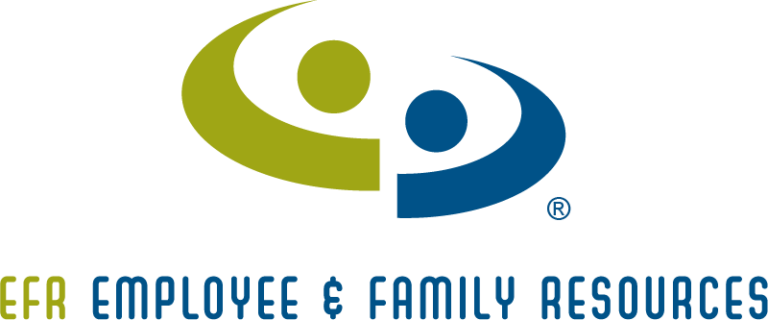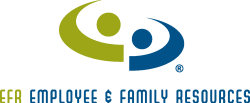During the COVID-19 health crisis, there has been a resurgence in substance use and a significant increase in mental health issues. Experts agree the impact will linger long after COVID-19 has ended. The American workforce is buckling under the weight of mounting stress stemming from the pandemic. Financial pressures, employment insecurities, family care instabilities, difficulties coping with significant changes in daily life, and fear of infection contribute to an increased likelihood of mental distress. Many people turn to self-medicating with drugs and alcohol to cope. Those recovering from substance use disorder and mental health problems are vulnerable as the health crisis leads to increased isolation, lack of social supports, and limited access to treatment services.
Companies have not been immune to the effects of COVID-19 as their teams continue to struggle. Pre-pandemic, the manufacturing and construction industries reported some of the highest rates of workplace accidents. High-risk work coupled with increasing alcohol and substance use is a dangerous combination. As essential businesses within these industries continue operations, substance use within the workplace must be addressed appropriately.
Rates of Substance Misuse
The manufacturing industry reports some of the highest rates of heavy alcohol use and substance abuse. A recent report from the Substance Abuse and Mental Health Services Administration shows in the manufacturing industry:
- 1 in 10 workers report heavy alcohol use
- 1 in 13 reports illicit drug use within the past month
- 1 in 11 report drug or alcohol dependence during the past year
Contributing Factors
Such high rates of alcohol abuse and substance use suggest certain factors associated with manufacturing contribute to an increased risk of substance abuse. Potential factors could include:
- Long hours
- Irregular shifts
- Repetition or boredom
- Lack of social interaction
- Fatigue
- Poor management
- Job dissatisfaction
The physically demanding nature of the work can lead to work-related injuries, and workers may turn to alcohol or substances to cope with pain and stress. Some may develop a dependence on pain medication after receiving a prescription from their doctor.
Demographic factors within the industry play a part as well, studies show higher rates of alcohol and substance use linked to younger, male-dominated workforces. The nature of the work attracts many employees that are part of a social group that commonly subscribes to a “work hard and play hard” mentality. This attitude often encourages a work culture centered around heavy alcohol use in which employees drink to build solidarity.
Associated Risks & Costs
Increased substance use is linked to increased rates of accidents, which is especially dangerous in an industry where failure to follow proper precautions and operating procedures has a high risk of injury and death. Alcohol and drug use impairs coordination and judgment, inhibiting the ability to think clearly. Furthermore, impaired workers may damage the quality of products manufactured, potentially placing consumers at risk.
Medical Costs
Even those using substances in their off-hours are still at an increased risk of experiencing workplace accidents. Hangovers from substance use can cause fatigue and decreased focus. Statistics from the National Clearinghouse for Alcohol and Drug Information show workers using drugs or alcohol are five times more likely to file a worker’s compensation claim and are more likely to injure themselves or others. Frequent workplace accidents often result in increased medical costs and rising insurance premiums for employers. According to The Surgeon General’s 2016 report, the U.S. spends about $35 billion a year to treat substance use disorders and another $85 billion annually to treat the injuries, infections, and illnesses associated with substance use.
Productivity Consequences
The effects of alcohol and substance use within the workplace carry consequences beyond death and injury. Diminished concentration and attention stemming from substance use or hangovers increase the rates of absenteeism. Research from NCADI shows alcohol and drug users record three times as many sick days and are far less productive. Workers experiencing problems with alcohol and substance may face additional issues like financial problems and legal consequences. Such distractions at home can cause lost productivity at work, known as presenteeism. Substance use affects families as well, and studies have found that family members of those with substance use disorders have an increased risk of stressful life events, mental disorders, and use more medical care services.
Addressing Substance Misuse
As employers become aware of substance use problems among workers, they should address the immediately. Expectations and boundaries related to work performance should be made clear to all employees upon hire. Managers must address performance issues compassionately and proactively. As supervisors discuss their concerns with employees, they need to refrain from making assumptions about the underlying cause. Employees should be encouraged to share any conditions or personal problems they are comfortable discussing. While drug testing is essential, it’s also important to ensure employees with substance use disorders receive the help they need. Employee Assistance Programs (EAPs) are voluntary, confidential services that can help employees struggling with substance use through assessments, counseling, referrals, and additional resources. Addressing substance abuse in the workplace through comprehensive strategies is a win-win for employers and employees by improving job-related performance and creating a safer work environment.
Substance misuse endangers employees and hurts businesses’ bottom line. Learn how EFR’s EAP empowers teams to improve job performance and create safer working environments





